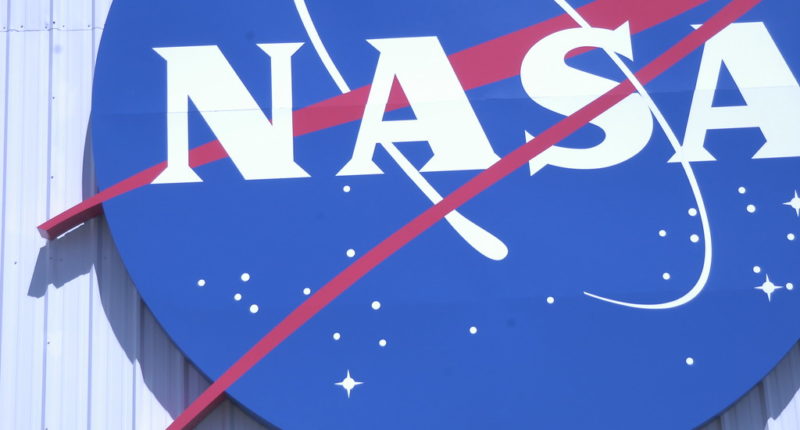In what was largely along expected lines, the US Government in its budget document today, requested for an additional $3.3 billion in funds for NASA. The increase in NASA budget is a rare occurrence, with most government either reducing or maintaining the space agency’s budget post the Apollo mishap.
The additional $3.3 billion has been requested specifically for the development of human lunar lander systems, with over $700 million to support lunar surface activities, and $233 million for robotic precursor missions to Mars that would also conduct “cutting-edge science”. This increment request, if approved, would take NASA’s 2021 budget to $25.2 billion in official terms, with over half of it to be used to get the space agency back to the Moon and missions to Mars. Of course cost overruns are not a part of the budget.
President Trump has been a vocal supporter of getting Americans back to the moon. And the budget document highlights it further with this statement from one his 2017 speeches, “This time, we will not only plant our flag and leave our footprint, we will establish a foundation for an eventual mission to Mars. And perhaps, someday, to many worlds beyond.”
The budget also talks about details on how NASA plans to develop technologies for sustainable lunar exploration. The government intends to fund the Lunar Surface Innovation Initiative to pioneer new approaches for sustainable human exploration, including technologies to generate power, excavate and construct structures on the Moon, and help astronauts live off the land.
Coming to Mars, there are special provisions made for specific aspects of NASA’s Mars missions. There is extensive funding for robotic exploration of Mars, in cooperation with international partners, as a precursor to human exploration. In addition to performing cutting-edge scientific investigations, a new Mars Ice Mapper mission would provide data for potential landing sites. A Mars Sample Return mission would demonstrate the ability to launch from Mars’ surface.
The Budget also funds a broad range of other NASA programs, including supporting enhanced commercial activities in Earth orbit, space science missions, and research to improve air travel and remotely piloted aircraft.
The Tech Portal is published by Blue Box Media Private Limited. Our investors have no influence over our reporting. Read our full Ownership and Funding Disclosure →






